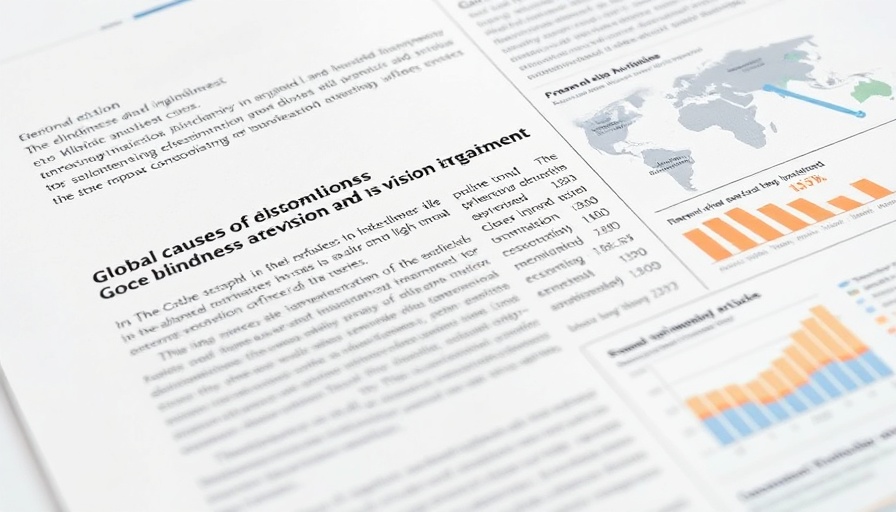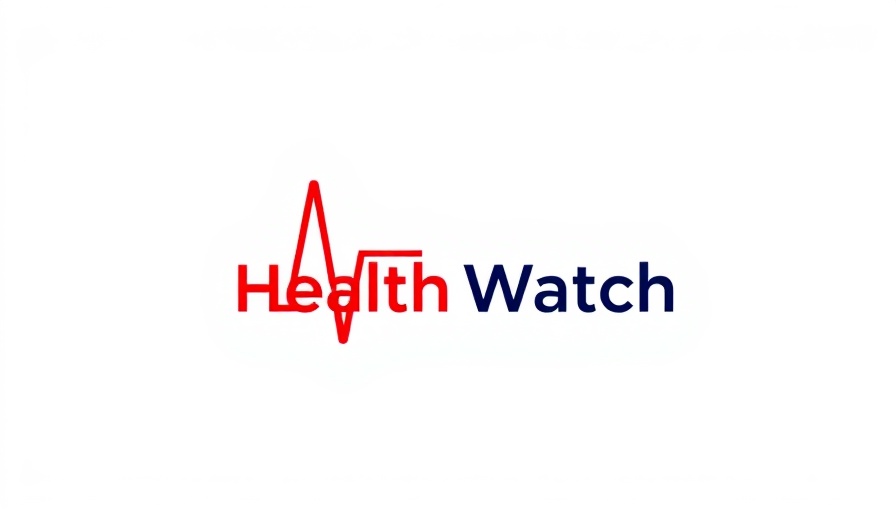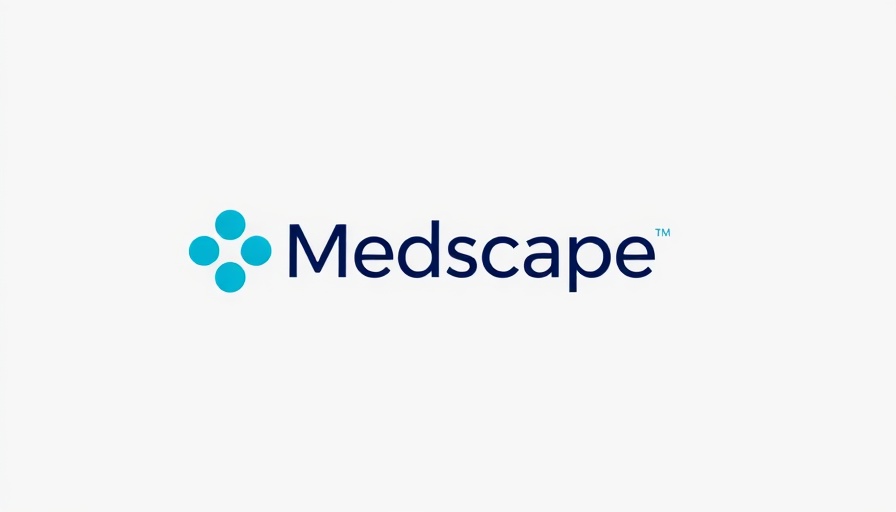
Understanding the Causes of Blindness and Vision Impairment
Blindness and vision impairment are significant global health challenges that often stem from preventable conditions. According to a recent analysis conducted by The Lancet Global Health, various trends over the last 30 years have highlighted the changing landscape of eye care, particularly among older adults. This demographic is experiencing an increase in conditions that lead to avoidable blindness.
Global Vision Health Trends
The report indicates little to no change in the global prevalence of avoidable vision impairment (0.2% decrease from 2010 to 2019), despite the fact that the actual number of people affected has been rising. In particular, cataracts and undercorrected refractive errors remain the two leading causes of blindness in individuals aged 50 and older. In 2020, cataracts accounted for 15.2 million cases worldwide, followed closely by glaucoma and age-related macular degeneration.
Significance of Avoidable Blindness
Understanding avoidable blindness is crucial not just for health professionals but for society as a whole. Vision impairment not only affects individuals, reducing their quality of life, but also places a strain on healthcare resources. The World Health Organization’s VISION 2020 initiative aimed to eliminate avoidable blindness by addressing these key issues, yet with the latest statistics indicating that these goals remain unfulfilled, there’s a pressing need for renewed efforts.
Leading Causes and Their Impact
The leading causes of moderate and severe vision impairment reveal a distressing reality. Among the 86.1 million cases of undercorrected refractive error reported, a large percentage can be easily treated or prevented with corrective lenses. However, issues like healthcare accessibility play a major role in the statistics. For those living in remote or lower-income areas, obtaining eye care can be a significant challenge, leading to worsening outcomes.
Future Predictions and Opportunities
As the population ages, the demand for eye care is expected to grow. Innovations in telehealth and portable diagnostic devices present exciting opportunities for improving access to eye care. Education campaigns about the importance of regular eye exams and early treatment for vision problems can also contribute to reducing the prevalence of avoidable blindness.
Personal and Societal Responsibility
When discussing blindness and vision impairment, it’s important to consider what we, as a society, can do to make a change. Regular eye screenings should become the norm rather than the exception, particularly for those at higher risk. Community awareness programs can help dispel myths surrounding eye health. As awareness grows, so does the potential for change.
Actionable Insights for Better Eye Health
Here are some actionable insights individuals can adopt to protect their eye health: 1) Schedule regular eye exams, 2) Educate yourself and your community about eye health, 3) Advocate for easier access to healthcare services, and 4) Support organizations working towards reducing vision impairment.
Conclusion: Take Steps Towards Better Vision
As we reflect on the growing landscape of vision health, it becomes evident that individual actions play a crucial role in tackling these challenges. Whether through advocacy, education, or simply staying informed about eye health, every step counts towards a future where avoidable blindness is a thing of the past.
 Add Row
Add Row  Add
Add 




Write A Comment